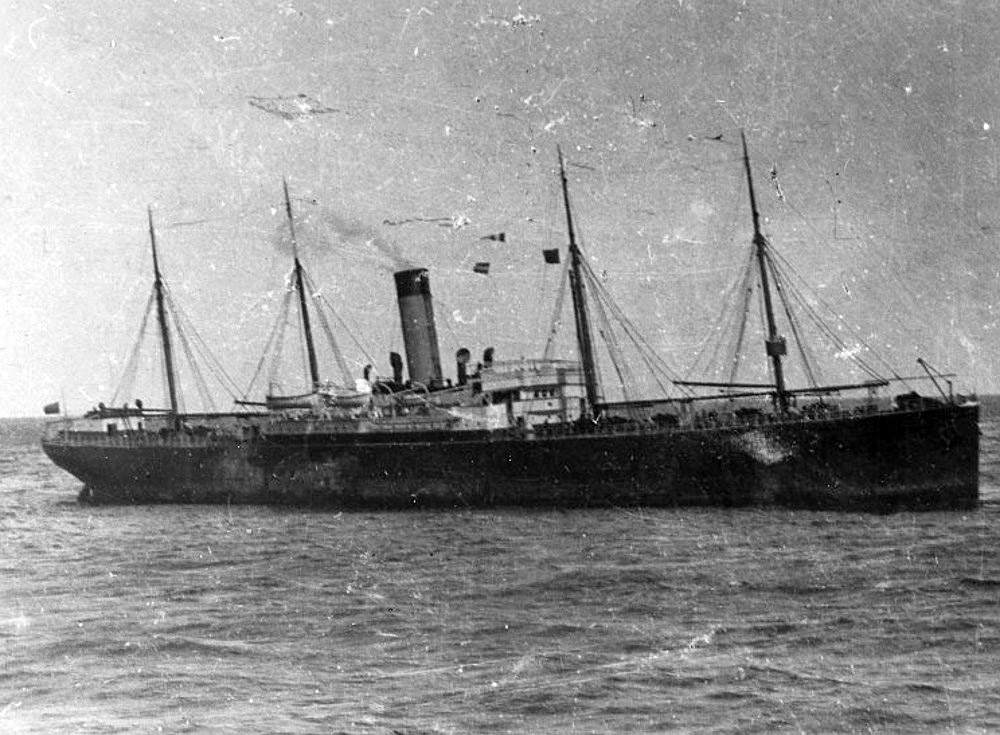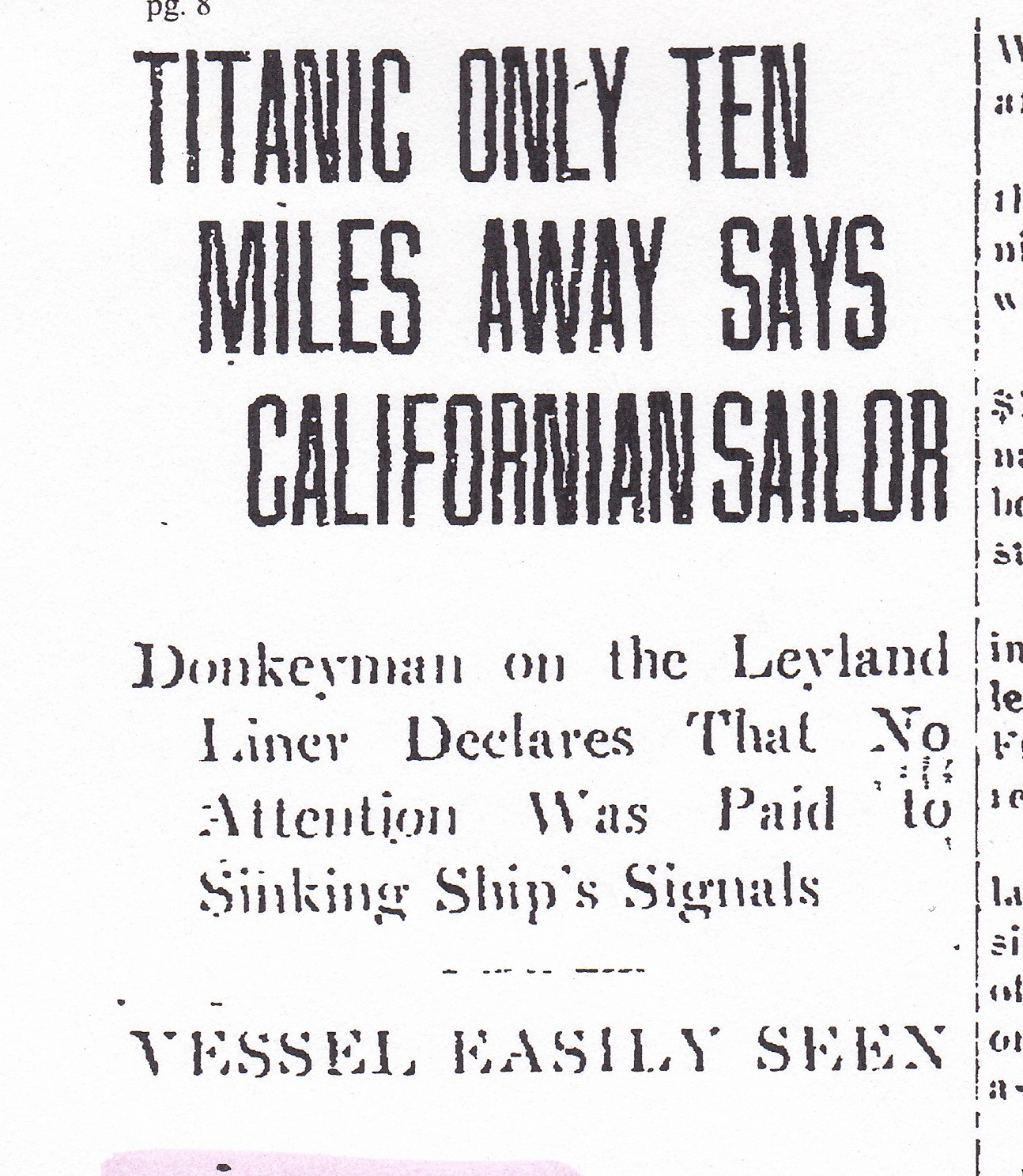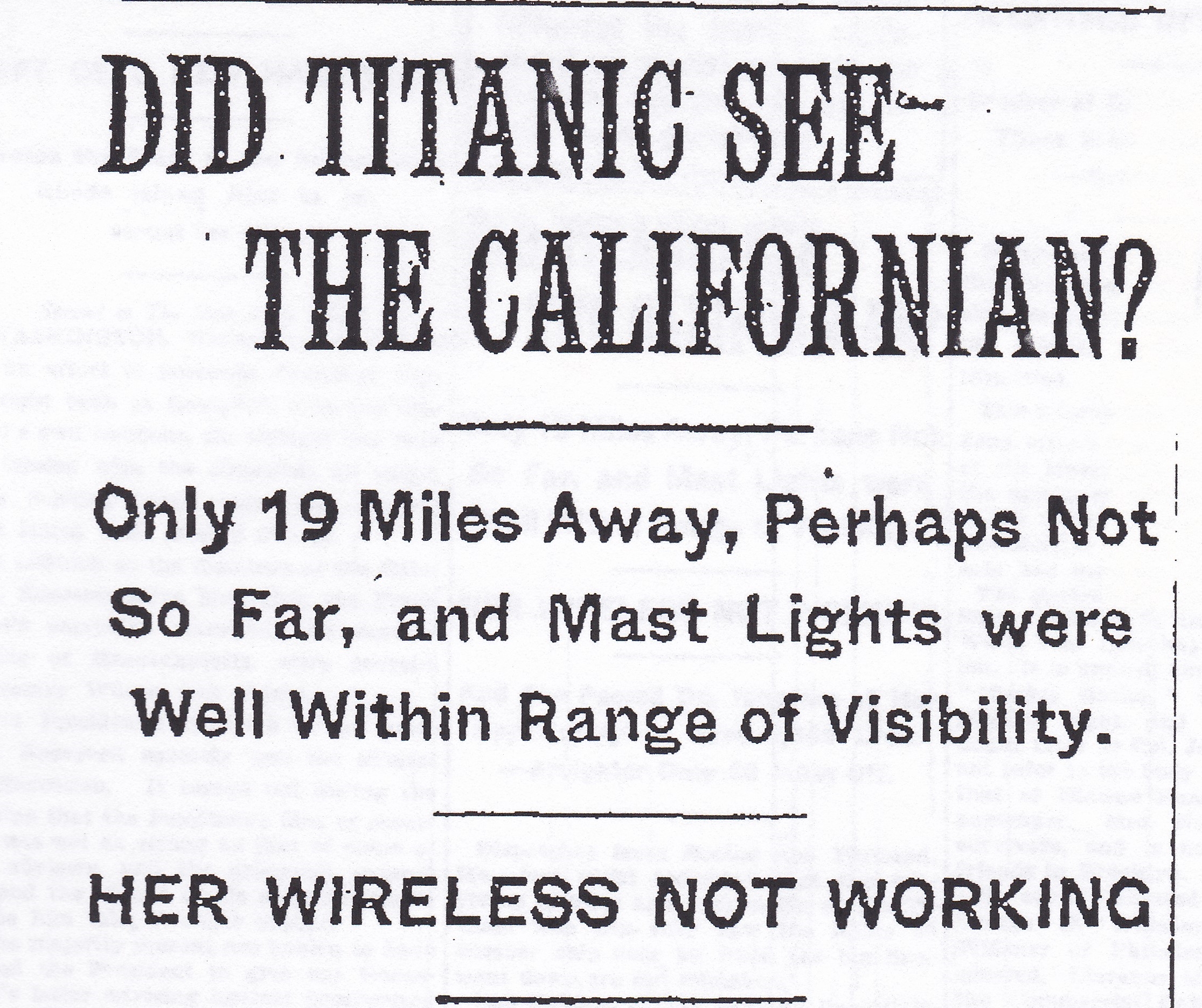What's it like to be held responsible for the deaths of 1500 people?
We all make mistakes from time to time – at work, in our day-to-day living – and usually these mistakes are of little consequence. A missed deadline, perhaps, or an annoyed boss or disgruntled client.
Source: Amazon.com
But sometimes fate conspires to punish our mistakes more severely. When I was living in the UK there was a sad story in the news about a much-respected university lecturer who was driving along a motorway when he reached for a sweet in his jacket pocket. He was distracted for only a few seconds, but it was enough for him to cause an accident which killed three people, including a pregnant woman. He was sent to jail for three months. But much worse than this sentence, of course, was life imprisonment in his own thoughts: guilt, regret, remorse. ‘A man’s own soul can be the very worst sort of prison,’ says John Steadman in The Midnight Watch.
But what if a small mistake led to the death of not three people, but fifteen hundred?
In 1912, one man was blamed for all the deaths on the Titanic. This man was not the Titanic’s captain, but Captain Stanley Lord of the steamship Californian. This medium sized, nondescript tramp steamer had been close enough to see the distress rockets fired by the Titanic, but had not gone to the rescue.
This aspect of the Titanic disaster is known as ‘the Californian incident’.
What happened? The Californian incident is controversial, but we know this: Late in the evening of 14 April 1912, in mid-Atlantic, the Californian had run into a low, slushy icefield. Captain Lord decided to stop for the night, and retired to rest in his chartroom. An unknown ship then approached from the southeast and, at 11.40pm or thereabouts, stopped. Then, from about 12.45am onwards, the ship fired eight white rockets. These rockets were seen by the Californian’s second officer Herbert Stone, who was standing the midnight watch on the bridge. He reported the rockets to his captain, but Lord did not leave the chartroom. No one woke the wireless operator. At 2.20am the ship disappeared.
“Had he been vigilant…there is a very strong probability that every human life that was sacrificed through this disaster could have been saved”
On the same evening, in the same general area of the ocean but somewhere to the south, the Titanic hit her iceberg at about 11.40pm, fired eight white rockets to attract the attention of a ship she could see to her north, and sank at about 2.20am. To the American and British inquiries this concordance of times and events was conclusive: they found that the Californian saw the Titanic’s distress rockets and condemned Captain Lord for not responding to them. If he had gone to the rockets, they said, he could have ‘saved many if not all of the lives that were lost’.
“When she first saw the rockets the Californian could have pushed through the ice to the open water without any serious risk and so have come to the assistance of the Titanic. Had she done so she might have saved many if not all of the lives that were lost.”
Feel like reading more? Read my detailed article on the Californian incident here.
In Titanic circles, the Californian incident is highly controversial. Over the years, some people – known as ‘Lordites’ – have adamantly proclaimed Lord’s innocence. They say the Californian did not see the Titanic, pointing to inconsistencies in timings, raising disputes about distances, and saying the rockets seen did not come from the Titanic. Others strongly resist the Lordites’ claims. Chief among these is Leslie Reade, barrister, author and playwright, who worked for many years on his own book about the Californian, published eventually as The Ship That Stood Still (1993). So offensive did the Lordites find Reade’s book that its publishers were promptly sued for libel. The intense and personal animosity which characterises the battle between Lordites and non-Lordites continues to this day.
In my view, the evidence – considered dispassionately and in its entirety – overwhelmingly proves that the Californian saw the Titanic and that the Titanic saw the Californian. For me, the rockets clinch the matter. The Titanic fired eight white rockets, and the Californian saw eight white rockets – at the same time and in the same part of the ocean. What other conclusion could there be?











